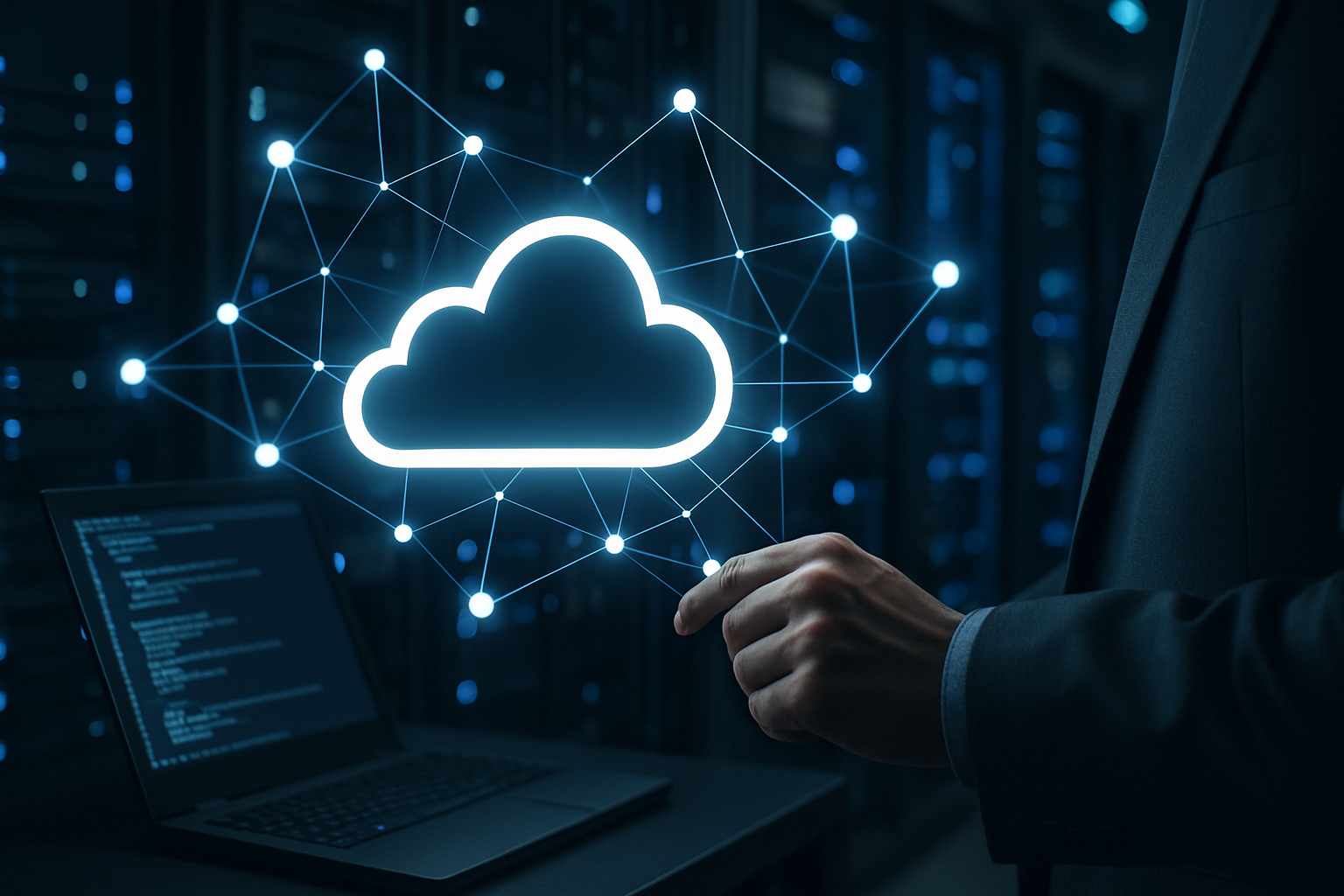Getting to Know Remote Access Control Systems
Remote access control systems have transformed how organizations manage their IT infrastructure and support flexible work environments. These sophisticated systems enable administrators to monitor, control, and maintain devices and networks from virtually anywhere, providing essential capabilities for modern businesses. As companies continue to embrace hybrid work models and distributed teams, understanding remote access control systems becomes crucial for maintaining operational efficiency and security.

How Modern Remote Access Control Solutions Boost Security and Productivity
Remote access control systems enhance security through multiple layers of protection and authentication protocols. Multi-factor authentication ensures that only authorized users can access sensitive systems, while encryption protects data transmission between remote devices and central servers. These systems provide real-time monitoring capabilities, allowing administrators to detect suspicious activities immediately and respond to potential security threats.
From a productivity standpoint, remote access control systems eliminate geographical barriers and reduce response times for technical support. IT teams can troubleshoot issues, install software updates, and perform maintenance tasks without physically accessing devices. This capability significantly reduces downtime and enables faster problem resolution, ultimately improving overall organizational productivity.
Choosing the Right Remote Access System: Cloud, VPN, or Software Solutions
Cloud-based remote access solutions offer scalability and reduced infrastructure costs, making them attractive for growing businesses. These systems typically provide automatic updates, robust security features, and seamless integration with existing cloud services. Popular cloud platforms include Microsoft Azure Virtual Desktop, Amazon WorkSpaces, and Google Cloud Platform.
Virtual Private Network (VPN) solutions create secure tunnels between remote devices and corporate networks, providing traditional yet reliable access methods. VPNs work well for organizations with established on-premises infrastructure and specific compliance requirements. However, they may require more technical expertise to configure and maintain properly.
Software-based remote access tools offer direct device-to-device connections and are often easier to implement for smaller organizations. These solutions typically require minimal infrastructure changes and can be deployed quickly across various device types and operating systems.
How Secure Remote Access Empowers Flexible Work in 2025
The evolution of secure remote access technologies continues to support increasingly flexible work arrangements. Zero-trust security models have become standard practice, requiring continuous verification of user identities and device security status. This approach ensures that access privileges are granted based on current security assessments rather than static permissions.
Modern remote access systems incorporate artificial intelligence and machine learning to detect anomalous behavior patterns and potential security threats. These advanced capabilities enable proactive security measures and automated responses to suspicious activities, reducing the burden on IT security teams while maintaining robust protection.
Integration with collaboration tools and productivity platforms has become seamless, allowing remote workers to access all necessary resources through unified interfaces. This integration supports various work styles and preferences while maintaining consistent security standards across all access points.
Remote access control systems vary significantly in pricing depending on features, scalability, and deployment methods. Enterprise solutions typically range from $10 to $50 per user per month, while small business packages may start around $5 to $15 per user monthly. Cloud-based solutions often include infrastructure costs in their pricing, whereas on-premises systems may require additional hardware investments.
| Solution Type | Provider Examples | Monthly Cost Per User | Key Features |
|---|---|---|---|
| Cloud-based | Microsoft, Amazon | $15-40 | Scalable, automatic updates, integrated security |
| VPN Solutions | Cisco, NordLayer | $5-25 | Network-level security, on-premises compatibility |
| Software Tools | TeamViewer, AnyDesk | $10-35 | Direct connections, multi-platform support |
Prices, rates, or cost estimates mentioned in this article are based on the latest available information but may change over time. Independent research is advised before making financial decisions.
Implementation Considerations for Remote Access Control Systems
Successful implementation of remote access control systems requires careful planning and consideration of organizational needs. Network bandwidth requirements, device compatibility, and user training programs all play crucial roles in deployment success. Organizations should conduct thorough assessments of their current infrastructure and identify potential bottlenecks or compatibility issues before implementation.
Change management strategies help ensure smooth transitions to new remote access systems. Providing comprehensive training programs and establishing clear policies for remote access usage reduces security risks and improves user adoption rates. Regular security audits and system updates maintain optimal performance and protection levels over time.
Remote access control systems represent essential infrastructure for modern organizations seeking to balance security requirements with operational flexibility. These systems provide the foundation for sustainable remote work practices while maintaining robust security standards. As technology continues to evolve, organizations that invest in comprehensive remote access solutions position themselves for continued success in increasingly distributed work environments. Understanding the various options available and their respective benefits enables informed decision-making that supports both immediate needs and long-term strategic objectives.




